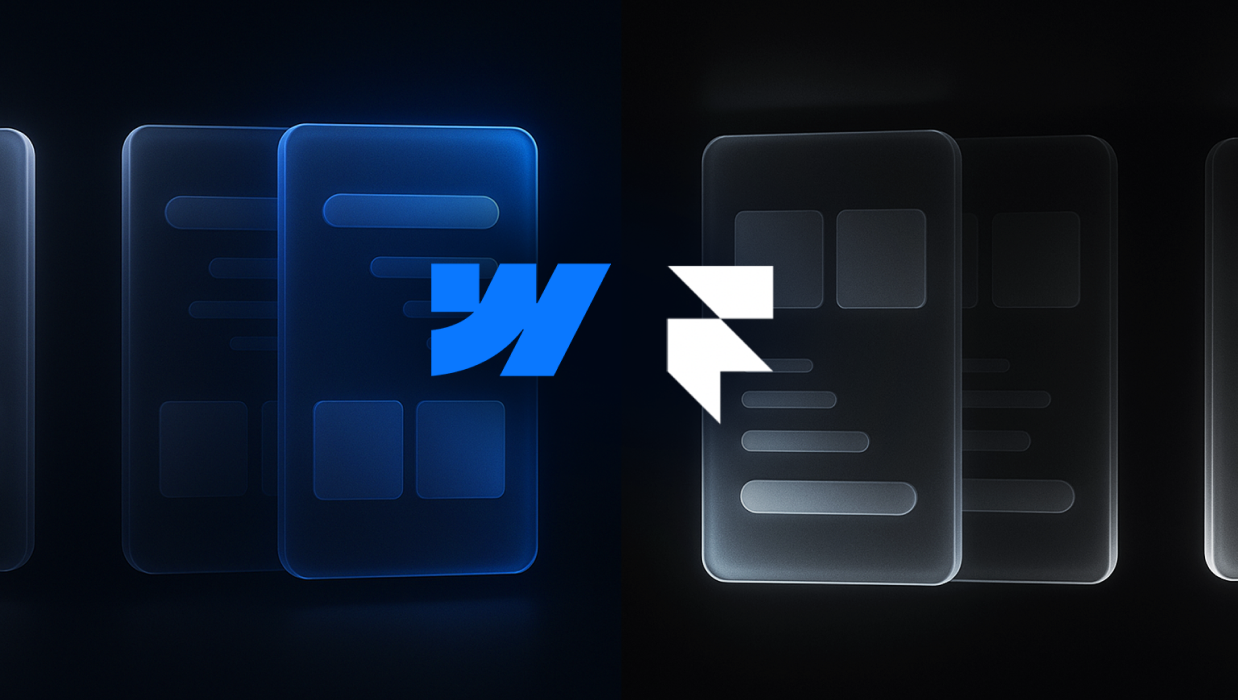
Preventing Cross-Site Scripting Attacks in Webflow
The Importance of XSS Prevention
Before we delve into the 'how', let's understand the 'why'. Cross-site scripting (XSS) attacks are one of the most common web vulnerabilities. They occur when an attacker injects malicious scripts into web pages viewed by other users. A successful attack can lead to identity theft, data breaches, and even loss of control over your website.Contrary to common misconceptions, no platform is inherently immune, and that includes Webflow. Though Webflow comes with some in-built security features, understanding and applying additional measures to prevent XSS attacks can greatly enhance your site's security.

Getting Started with XSS Prevention in Webflow
Here's the good news: you don't need to be a seasoned cybersecurity expert to start implementing XSS prevention measures. While it's a technical subject, with some understanding and the right steps, you can considerably fortify your Webflow site.
Input Sanitization
One of the core methods to prevent XSS attacks is input sanitization. This involves validating and cleaning user input to ensure that it doesn't contain malicious scripts. Whenever you're accepting user input on your Webflow site, whether it's through a form, comment section, or any other interactive element, ensure you're sanitizing the input data.

Use Content Security Policy (CSP)
Content Security Policy (CSP) is another powerful tool in your XSS prevention arsenal. It allows you to whitelist sources of trusted content, reducing the risk of script injection. While implementing CSP might require some advanced understanding, it's worth consulting with a web security specialist or diving into Webflow's resources to learn more.
Regular Code Reviews
Even with the right policies in place, regular code reviews are a crucial part of maintaining security. If your Webflow site involves custom code, ensuring this code is reviewed and kept clean of vulnerabilities helps prevent potential attack vectors.
Strengthening Security – A Continuous Process
In the ever-evolving landscape of cybersecurity, protecting your Webflow site from XSS attacks isn't a one-time task. It requires ongoing vigilance and a proactive approach. Continual education, regular audits, and staying updated with Webflow's security enhancements will go a long way.
In conclusion, while XSS prevention might seem daunting at first, it's not only feasible but integral to the credibility and longevity of your SaaS business. And remember, when it comes to web security, every step counts. Here's to building safer, stronger Webflow sites!
FAQs
More reads

A practical guide for B2B SaaS teams choosing between Framer and Webflow, with clear recommendations, real insights from our experts and the data you need to pick the right platform for your next stage of growth.
.png)
Picture this: A prospect asks ChatGPT about your B2B SaaS product. The AI pulls data from across the web and... finds nothing useful. Or worse, it shows outdated third-party content instead of your actual site. This happens more often than you'd think. But there’s a dead-simple fix.

The world of Webflow and web design comes with its own unique vocabulary, and understanding these terms is crucial for effective communication between designers, developers, and clients.